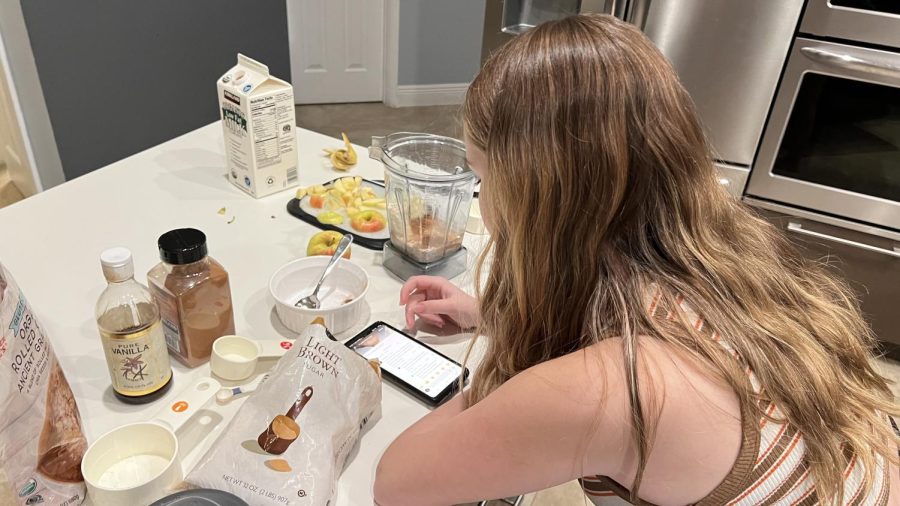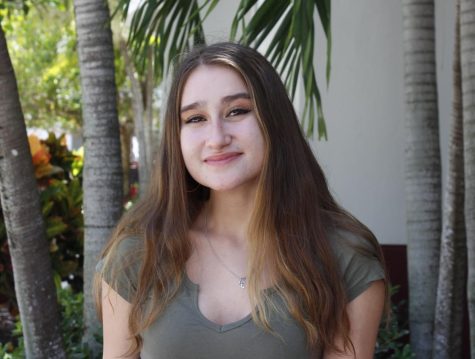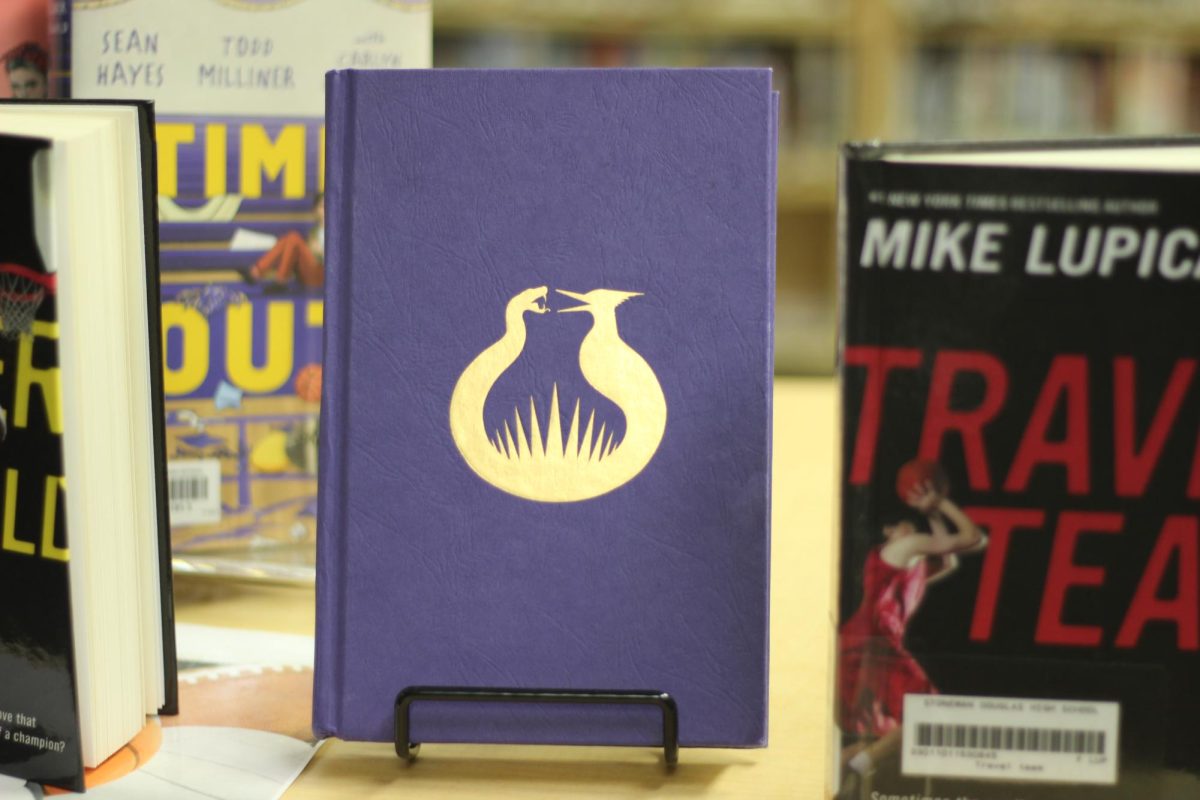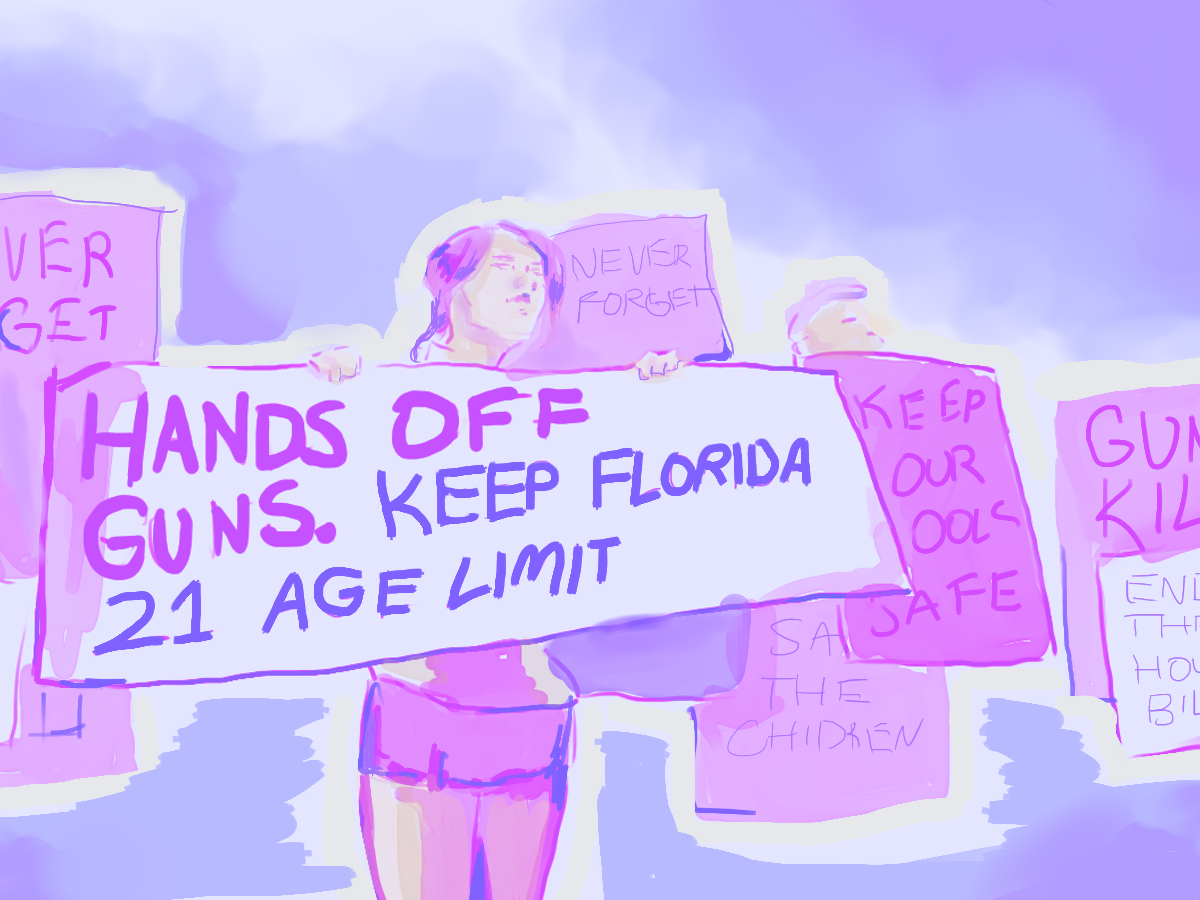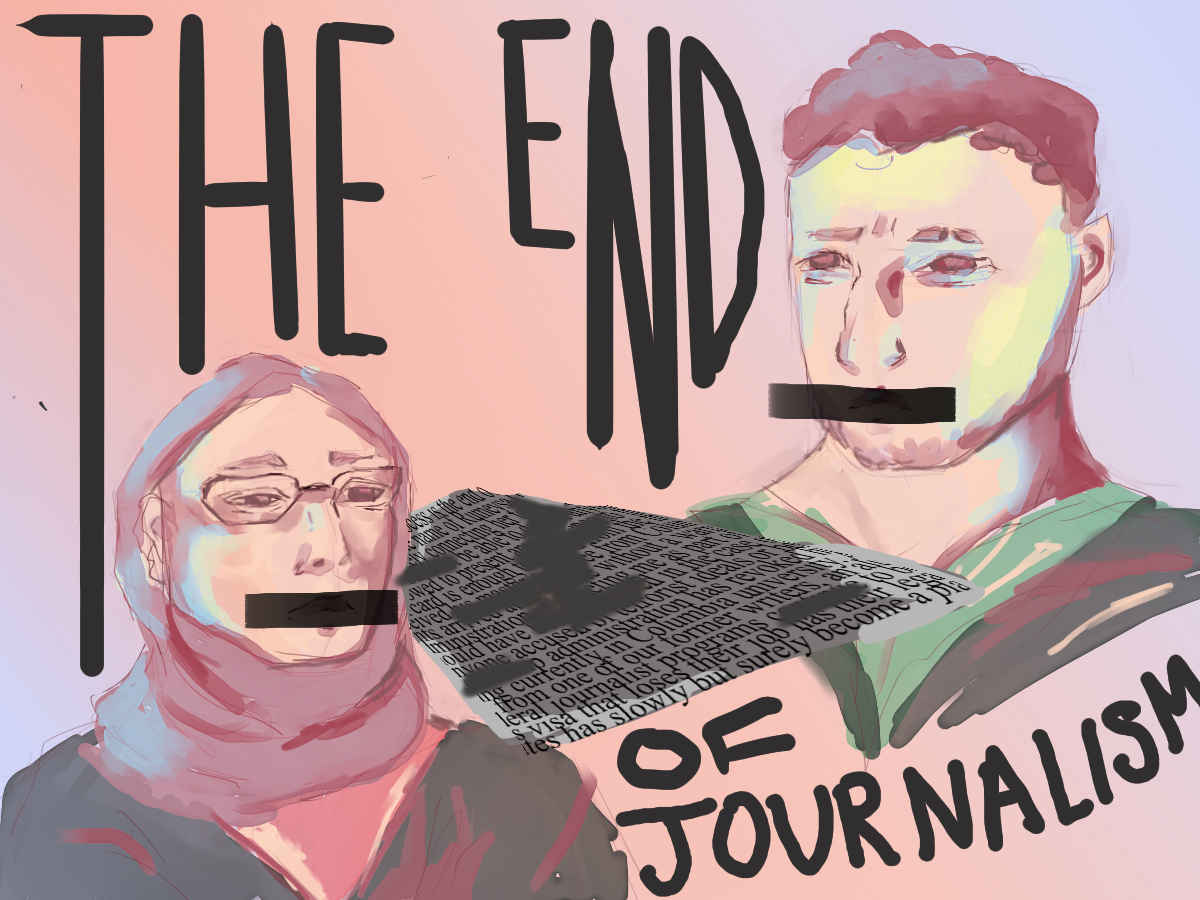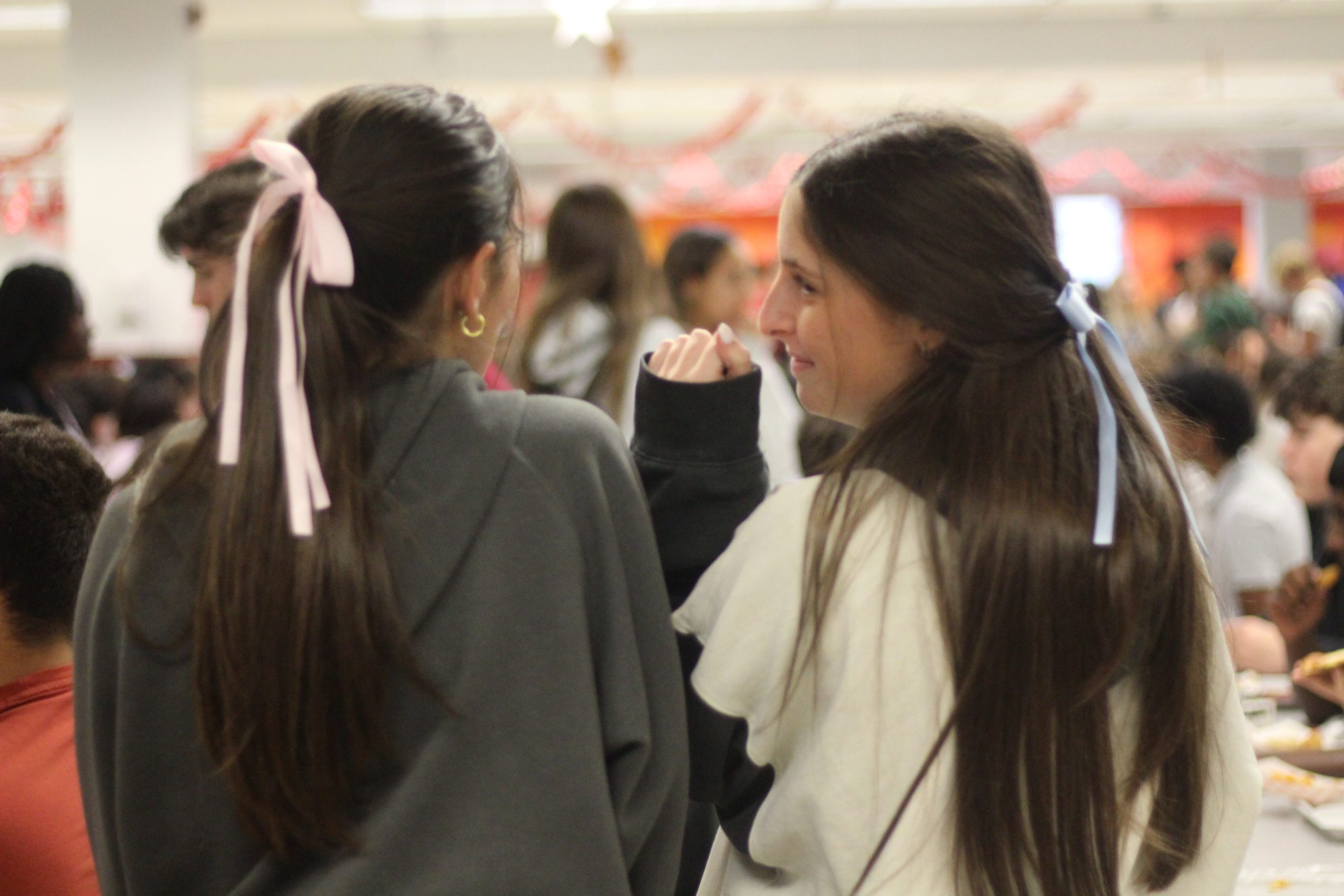FoodTok changes the way that MSD students eat
Mixin’ it up. Westglades student Alyssa Landy blends the apple baked oats mixture, while reviewing the recipe online. The short nature of TikTok videos makes them easy to follow and imitate in a short amount of time.
February 12, 2023
TikTok has changed the way people do their makeup, invest, thrift and read. The viral success of TikTok communities, like #BookTok, have rekindled young people’s love for reading and put previously unheard-of books on the New York Times bestseller list. Therefore, it’s no surprise that TikTok has also changed what people eat.
In a survey of 368 MSD students, 77% of them selected TikTok as a platform in which they view food-related content.
“People can add their own opinions [on TikTok], and you can see the food in a more realistic setting than on a cooking show,” junior Maddie Zelinka said.
For some, #FoodTok seems more authentic than other sources for watching food-related content. Food Network creates picture-perfect food in picture-perfect settings; however, on TikTok, anyone can go viral, meaning #FoodTok tends to show real ingredients, real recipes, real kitchens and real lives.
Part of the wild success of #RecipeTok and #FoodTok is that the videos are short, something many MSD students prefer, according to survey data. Rather than watching 50-minute YouTube videos that take viewers through step-by-step processes of a recipe, TikTok users can watch a 60-second video that summarizes the steps and shows the final product or watch a succinct, to-the-point review on a restaurant or item.
While short in length, these videos can be large in impact. TikTok food influencer Keith Lee (@keith_lee125) aims to use his platform to help save local restaurants that are in danger of going out of business. Among one of the restaurants he reviewed was Frankensons Pizzeria in Las Vegas. The restaurant went from barely scraping by with the few customers they had to selling out after Lee’s review was posted on TikTok. The video currently has over 7 million likes.
TikTok also saved Nico’s Mexican Restaurant, Salt Lake City restaurant. Carlos Cardenas, the son of the owner, Nico Cardenas, posted a video about how his father was devastated that he may have to close his restaurant. It went viral with over 2.5 million likes and the next day, the number of customers surged.
“Food influencers are beneficial. With their help, you can access relevant recommendations of where or what to eat,” Zelinka said. “They are especially useful on trips because you don’t know the local restaurants.”
Numerous MSD students think #FoodTok and #RecipeTok expose people to foods they otherwise would not have been exposed to.
“[#FoodTok] gives us as the viewer a new idea that would make us think, ‘that’s cool, I want to do that,’” freshman RJ Meis said.
Among the most popular recipes that MSD students were influenced to try because of social media are mug cakes, which 33% of students have tried, and cloud bread, which 16% of students have tried.
TikTok provides viewers quick and easy recipes. For example, most mug cake recipes take under 10 minutes to make. That said, some students prefer long form videos instead because they provide more in-depth, step-by-step directions.
“I prefer YouTube because you can upload long videos on there, unlike TikTok and Instagram, where you can only upload shorter videos,” freshman Kaila Stephens said. “It may not be long enough for followers to understand everything they need to do as they cook.”
Not all MSD students enjoyed the recipes that TikTok suggests. Recipes can end up unsuccessful, whether it be that the recipe was over hyped, looked better than it tasted or was just an odd creation. Among peculiar recipes that went viral, some users attempted to make mashed potatoes out of potato chips, cakes in mugs or steak cooked in a toaster.
“[My mug cakes were] either raw or hard as a rock. I recommend buying it from a store instead of doing homemade,” sophomore Abby DaGrosa said.
DaGrosa attempted to make mug cakes homemade three times, but she was not the only one disappointed by viral TikTok recipes.
“It was not a good experience, I made cloud bread and it wasn’t very good,” freshman Blake Dellaira said.
Additionally, FoodTok could have significant negative consequences. Diets and “clean eating” have spread across social media platforms, but several studies are concerned that these trends are unhealthy.
A study in the Public Library of Science Journal found that viral diets could contribute to eating disorders in youth, who are already at greater risk of developing eating disorders. According to the study, “Nutrition-related content on TikTok is largely weight normative, and may contribute to disordered eating behaviors and body dissatisfaction in the young people that are TikTok’s predominant users.”
Of the students surveyed, 61% believe that TikTok diets have more negative effects than positive ones.
“I think they are harmful because you have no way of knowing if the people providing advice are medical professionals or being paid to compliment a brand’s diet products,” Zelinka said.
Another concern is that diets promoted by influencers may be the result of undisclosed sponsorships, which are illegal in the United States. However, this often goes unenforced; these sponsorships are most cited as an issue with #BeautyTok, where makeup or skincare influencers will promote products that brands send or pay them to praise. Influencers promoting viral diets may have been paid to promote the diet, and in actuality, the influencer may have may really have negative feelings about the diet or never even tried it.
The TikTok clean eating trend includes vlogs concepts such as “what I eat in a day.” These usually promote green smoothies and salads, but they sometimes show much less food than the recommended amount of food, according to Harvard Health Publishing. Some viewers may change themselves to eat like the people they see, which can prompt them to reduce their food intake.
“Creators either are recommending very unhealthy foods and beverages or promoting diets that don’t work and give you low self-esteem because the people you see doing them have flat stomachs and clear faces,” sophomore Jayda Jean said.
TikTok has changed food for adolescents, including those at MSD. It is unclear what the future of TikTok is, but it has shaped food today in both positive and negative ways.
This story was originally published in the February 2023 Eagle Eye print edition.

